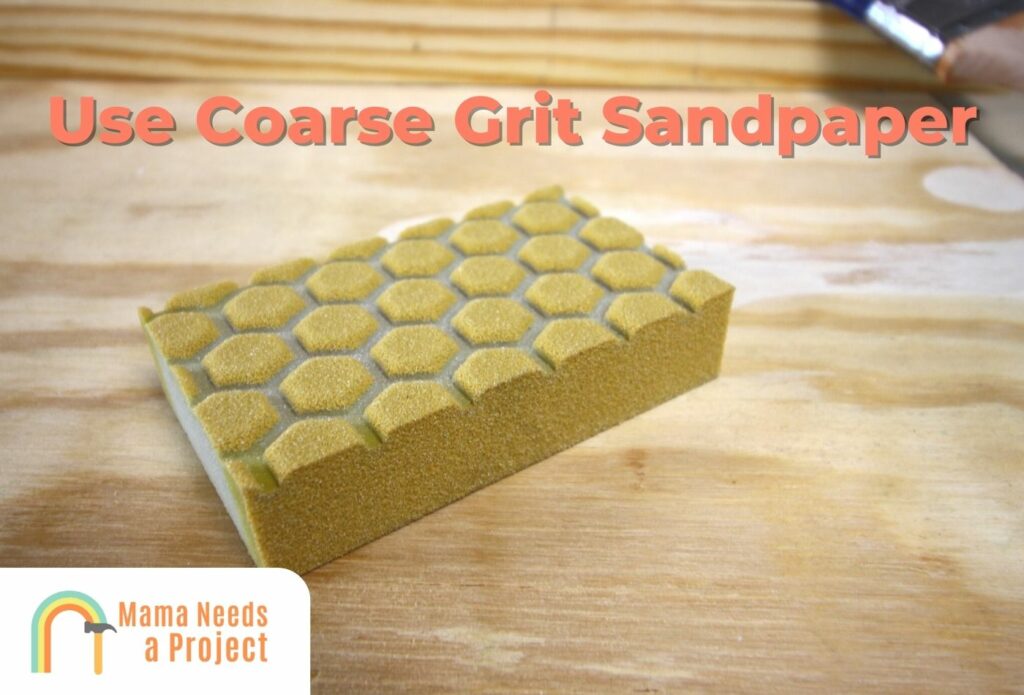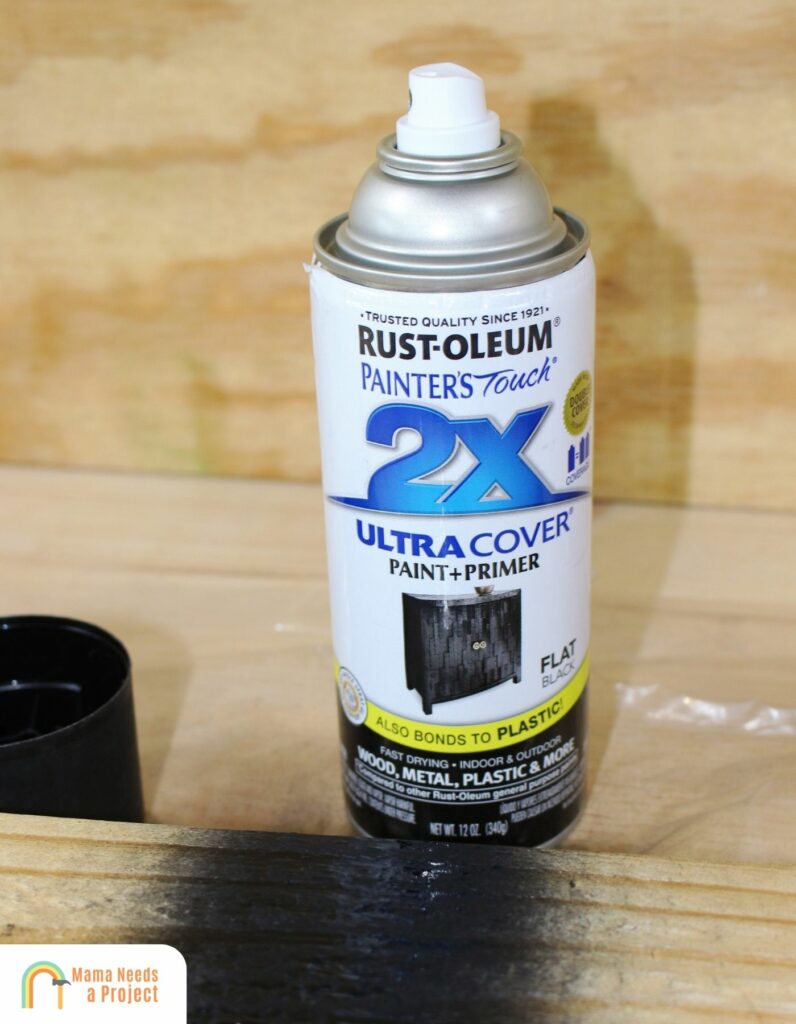Can You Use Rustoleum on Wood? (Quick Answer!)
When it comes to preventing rust, nothing beats Rustoleum, as it’s the time-tested leader that can always be counted on.
But can you use Rustoleum on wood? The short answer is YES, but there’s a lot more you should know before you start coating wood surfaces with Rustoleum. Let’s jump right in!
Yes, all of Rustoleum’s finishes can be used on wood surfaces, including their famous metal paints. Most Rustoleum products are oil-based, so all they need to adhere to wood is some light sanding and primer. And once Rustoleum is on wood, it should last 4-7 years.
Can You Use Rustoleum on Wood?
Many of the products Rustoleum makes can be used on bare wood, including their adhesives, paints, epoxies, polyurethanes, shellacs, stains, and primers.
But when most people think of Rustoleum, they think of the paint that’s designed for metal surfaces, and this too can be used on wood, so long as you make sure the surface is properly prepped in advance—more on this later.
And Rustoleum can be applied to wood in a number of ways. You can brush, roll, wipe, or spray their traditional paint, or you can buy spray paint in an aerosol can and use this.
So now that we know Rustoleum can be used on wood, let’s discuss some of the finer points so you can get good results when you use Rustoleum in this way.
Check out my Rust-Oleum vs Krylon comparison to find out which is better!
How to Use Rustoleum on Wood: Step-by-Step
Step 1: Prep Your Work Area
Before you start prepping your workpiece, you need to prep your work area to ensure it’s safe for Rustoleum spray painting.
Even if you’re not spray painting Rustoleum, you should make sure there’s adequate ventilation—i.e. an open window or two and a couple fans running—because Rustoleum products can be rich in VOC and therefore toxic.
If you’re over-exposed to the fumes Rustoleum oil-based paint can emit, you may get lightheaded or nauseous.
Also, you should drape paint tarps over a few easels, as well as put some on the floor, to catch any missed spray.
Finally, regarding safety gear, you should have goggles, gloves, a respirator, long sleeves, and pants on before you start spraying Rustoleum paints and primers.
Step 2: Clean and Sand the Wood Surface
Now it’s time to clean and sand the workpiece. Warm, soapy water will do, or you can use mineral spirits for a more thorough clean.
After the workpiece has had time to dry, lightly sand it to open up the wood’s pores. This will help the Rustoleum spray paint and primer stick to the wood better.
Of course, oil-based primer doesn’t seep into pores like stain does. Instead, it dries atop the surface, and that’s why it works on metal and wood surfaces.
Still, sanding is a good move before priming, especially if you’re dealing with bare wood.

After the workpiece has been sanded well, use a tack cloth to remove any sawdust; you can also use a vacuum to do this.
Now your workpiece is ready for oil-based primer!
Step 3: Apply Rustoleum Primer
Make sure you apply oil-based primer evenly, and do your best to refrain from going overboard when applying it.
After all, if you apply too much, it’ll be harder to achieve a smooth surface with the spray paint later on. Primer is merely there to help the paint adhere better to the wood; it’s not the star of the show.
One way to make sure the wood is primed properly is to use a small brush or cloth as an applicator; it’s harder to apply too much primer with either applicator.
Step 4: Apply the Rustoleum Spray Paint

Finally, the workpiece is ready for spray painting. But before you begin spraying, you should practice your spraying motion a couple times.
An uninterrupted motion will help you achieve an all-around smooth and even surface, whether you’re spray painting horizontally or vertically.
And just like you need to avoid brush strokes when using a brush, you need to avoid spraying in a haphazard way. If you spray this way, the inconsistent pattern may be identifiable when the paint dries.
Once the first coat is down, wait a couple hours before lightly sanding with fine-grit sandpaper. Then apply an additional coat.
Usually, two coats of Rustoleum paint is all you need. But if you expect the wood surface will be at greater risk of getting rusty, you can get away with three coats.
(Optional) Step 5: Seal the Wood
Sealing Rustoleum metal paint after it’s been applied to a wood surface isn’t necessary, but it’s a good move nonetheless.
And since you’ve already used Rustoleum primer and paint, you should use a Rustoleum sealer.
A sealer coat will ensure the surface is not only rustproof but waterproof too, and that’s the best combination any exterior surface can boast.
What to Know Before Using Rustoleum on Wood
Pros
Rustoleum can always be counted on to provide effective, long-lasting protection from rust, no matter the material it’s used on.
But there are other benefits associated with using Rustoleum on wood, metal, plastic, etc.
For example, Rustoleum paint is pretty well-respected in terms of visual appeal, and it also makes natural materials like wood unappealing to pests.
It also provides decent protection from moisture and temperature fluctuations, so it can be used outdoors on metal and wood furniture to great effect.
Cons
Of course, Rustoleum isn’t perfect, so there are some drawbacks to consider before using this on wood.
For example, Rustoleum is an oil-based product, so it has more volatile organic compounds (VOC), and is therefore more toxic.
Its oily consistency can also make it somewhat difficult to spread, and it will take several hours to dry all the way through.
But the bottom line is Rustoleum’s benefits vastly outweigh the drawbacks, so it’s likely you’ll be satisfied with the results you get after using it for a paint job.
Types of Rustoleum Products
- Sealers (polyurethane, shellac, epoxy)
- Oil-based paints
- Oil-based primers
- Chalk paints
- Alkyd paints
- Acrylic-enamel paints
Rustoleum Spray Paint vs Traditional Paint
Rustoleum makes spray paints and traditional paints, and you can get good results from either.
But there are some differences between the two, and these often lead people to choose one over the other.
For example, Rustoleum spray paint is more convenient. You don’t have to load a sprayer or worry about mixing; just shake and you’re good to go.
You’ll also have more maneuverability with a spray can, and this can be a big help when you’re applying Rustoleum.
But it’s harder to get a rich finish with a spray can, unless you use 2-3 cans.
And with traditional paint, you can get at hard-to-reach places without making a mess.
Are you wondering how to use rustoleum properly? Check out the video below!
FAQS
Will Rustoleum paint stick to wood?
Yes, Rustoleum will stick to wood, whether you use primer or not. But applying primer is recommended because it helps the paint adhere correctly. And it doesn’t matter if you use a paint that’s designed for wood or not—all Rustoleum finishes stick to wood quite well.
What surfaces can you use Rustoleum on?
Rustoleum can be used on a variety of materials, but it’s mainly used on metal for its ability to prevent rusting. That said, it can be used on wood, plastic, stone, concrete, porcelain, glass, and a handful of other materials.
How long does Rustoleum paint last?
So long as it’s applied properly, Rustoleum can last 4-7 years before it’ll need to be touched up. It’s a remarkably durable finish, no matter what it’s applied to, and touching it up is as simple as doing some scuff sanding before adding a new coat of paint.
Final Thoughts
To recap, Rustoleum metal paint can be used on raw wood, finished wood, and wood-based materials to protect their surfaces from one of the most naturally erosive elements: rust.
And Rustoleum paint won’t just serve as a protective coating; it’ll also be an attractive, long-lasting finish, regardless of what it’s used on.

